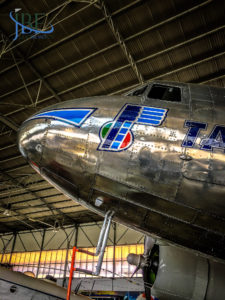Havera melhor maneira de terminar o dia?
“Is there a better way to end the day?” A rhetorical question when you’re flying just above the ridges in a cosy Cessna 152, turning circles to collect the sunset inside the little cabin. Rafa has just shown me his favorite local flight, dipping down close to a barrragem, or reservoir, not far from the Aerodromo de Viseu in Portugal.

The TL 2000 (aka “Sting”) looking out on to the ramp at the Aerodromo de Viseu 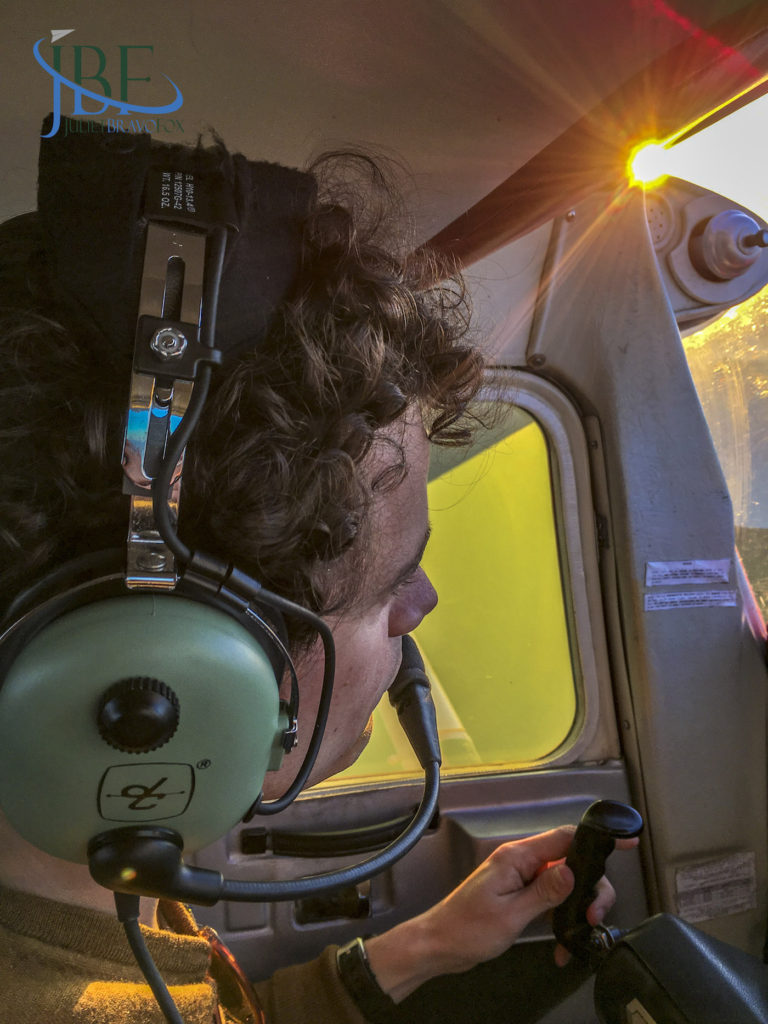
Capitão Rafa makes the turn into the sunset 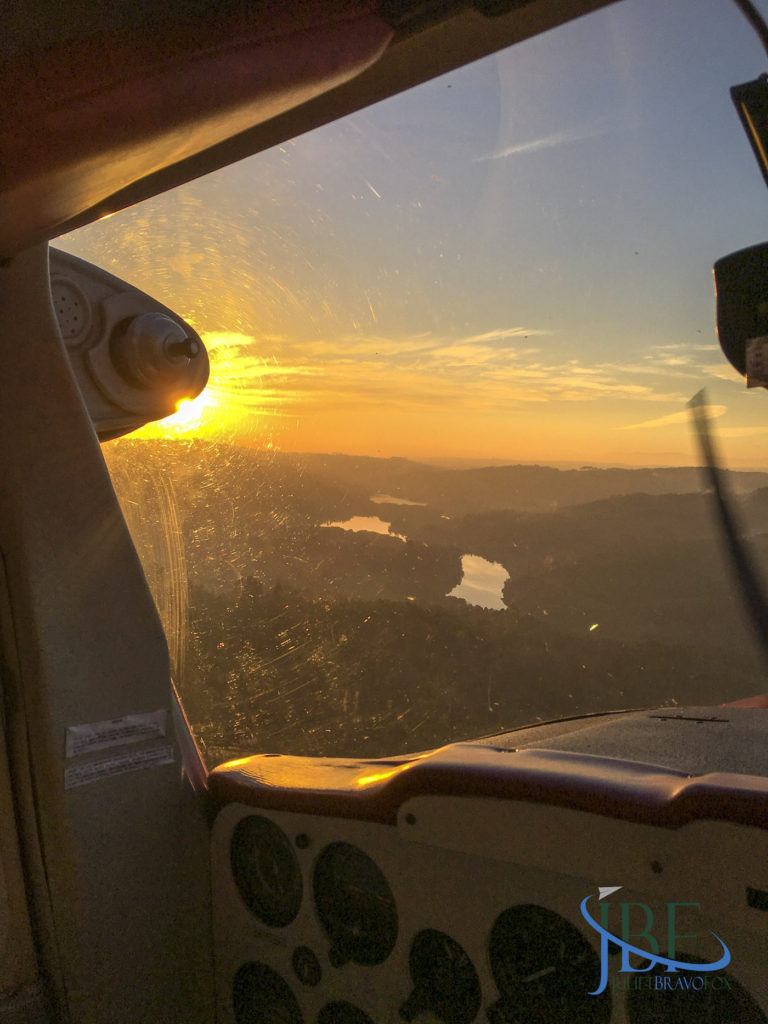
Looking out over the lake and the Serras in the distance
These sorties are sweeter because they can happen with an ease you don’t find often in the more constrained airports around Portugal and Spain. An understanding allows for short flights to take place ad hoc, without the extensive flight plans normally required when you’re flying place to place around Europe. The Aéro Clube de Viseu (ACV) takes full advantage of this, and respects the privilege—but it causes me to shake my head. Most of my flying has been just as self-propelled, VFR, free from restriction, and wide open to serendipity—not the exception.
Like the sun coming down over the Serra da Estrela, the highest mountains in Portugal. We have just enough time to hop in the 152, run up, clear for takeoff, and make a few 360s around the lake, the river, the capela on the hill. The air is butter smooth, and Rafa graciously gives me the controls. I get current in a handful of landings. Current enough for this, I believe.
ACV has been flying for more than 50 years, with its foundation on March 16, 1966. Today, it includes the informal extension of the no-longer-active EAA chapter, with several members shepherding homebuilt projects, and a flight school. Prominent among the experimental aircraft on the scene: the first Sonex to take its birth-flight in Portugal—a bright yellow bird proudly flown by its owner-builder, rumored to be the past EAA chapter president.
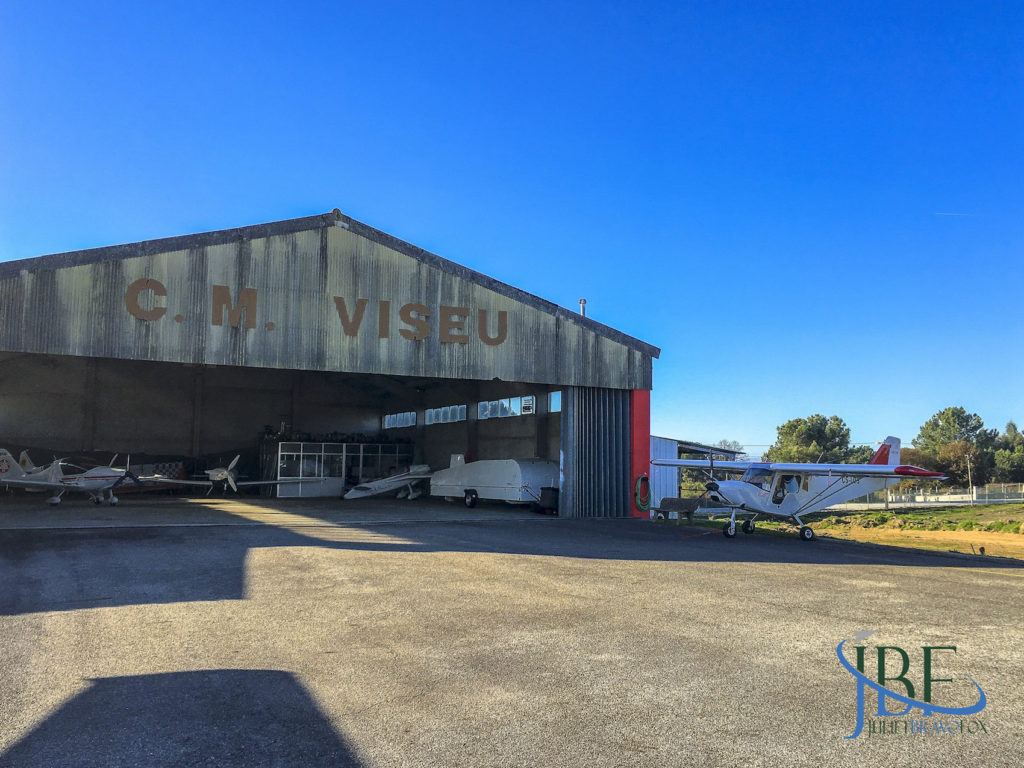
The historic hangar for Aéro Clube de Viseu on a bluebird Saturday in December 
Ready for takeoff to the south at Viseu 
A new feeling: to fly level with a centuries-old chapel
The aéro clube has its own aircraft as well—the 152, used for private pilot instruction, and the Portuguese-built LAND Africa for ultralight pilots. A course for an ultralight certification (allowing you to fly an aircraft up to 450 kg under the program) runs about €3,500, reflecting the lower fuel costs and total time required for that certificate. A private pilot license will take about €7,500 of investment. When you consider the low cost of living in north central Portugal, the generally good weather, and the open airspace, it could be a great deal for a prospective pilot seeking something different.
For most ACV members, though, the club’s primary feature is its social fly-out calendar. Every month during spring through fall, the club finds a place within Portugal—or as far afield as southern France—to take a gaggle of airplanes and spend a few days in the air. Recent trips have been to a fly-in ranch in Alentejo, and a summer trip up to Carcassonne, France.
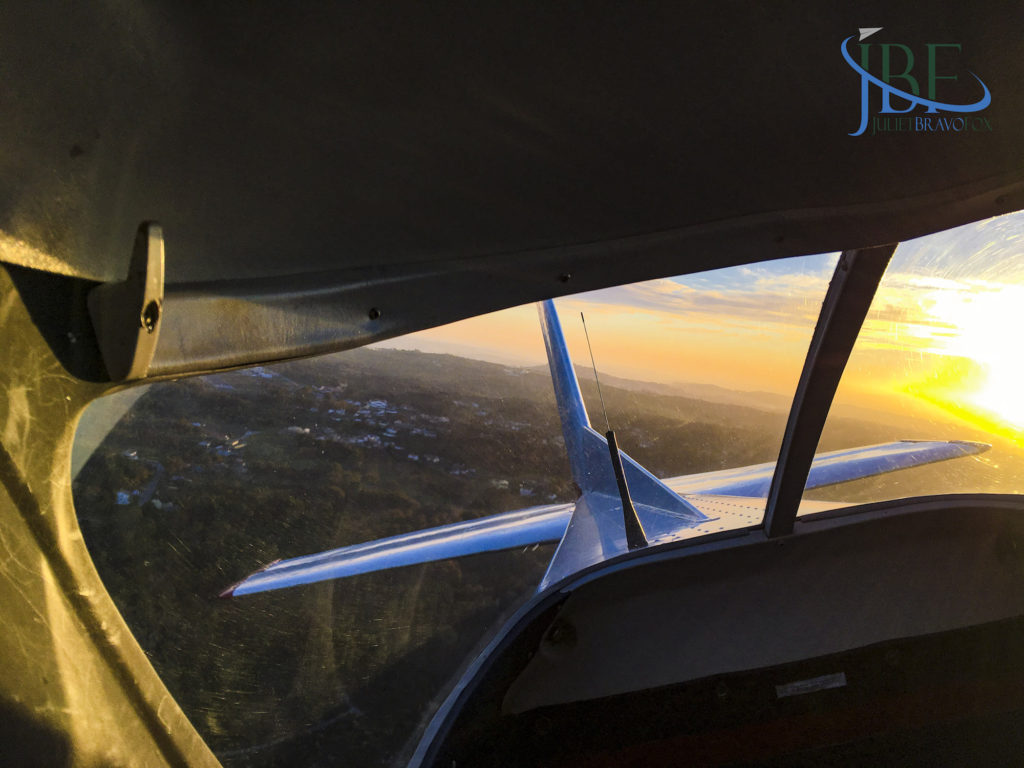
Putting the sunset into our rear view as we return to the aerodromo 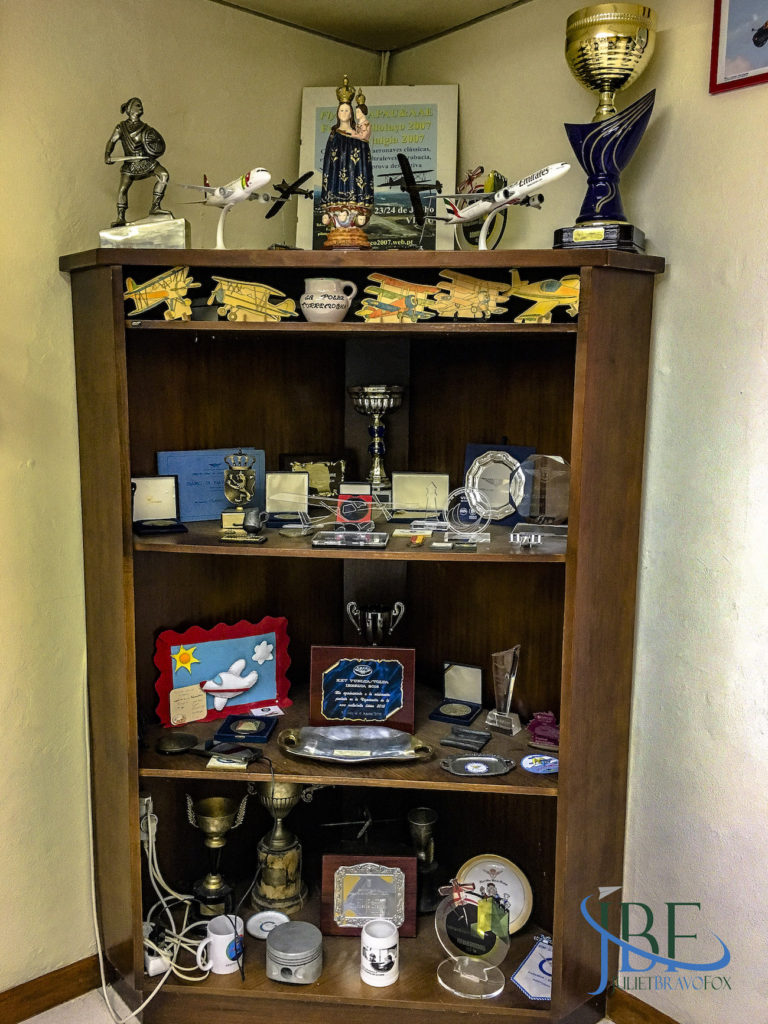
The Cabinet of Fame at ACV 
Of course the little ones need inspiration too!
The airport at Viseu hosts internal airline flights, firefighting operations, and powered parachutes. It’s an eclectic mix—and a tenuous balance. Some would have the general aviation side disappear completely in favor of more commercial aviation, though there is not yet the population base to support much more than what is offered.
The threat of change keeps everyone focused on flying as much as possible in the meantime. As the days grow longer and the sunsets deepen into choral oranges and reds over the mountains, it’s easy to find excuses to just go fly.
Check out the LAND Africa taxiing out on our new YouTube channel!
Aéro Clube de Viseu, Av do Aerodromo, Viseu, Portugal


